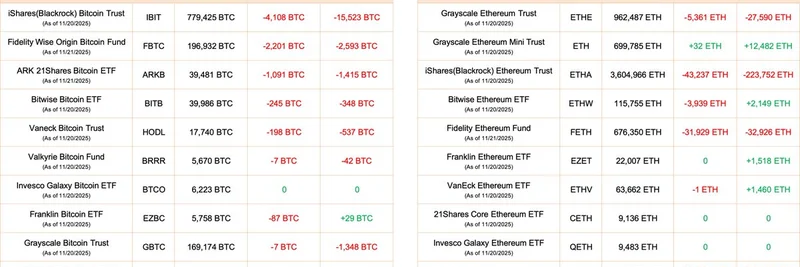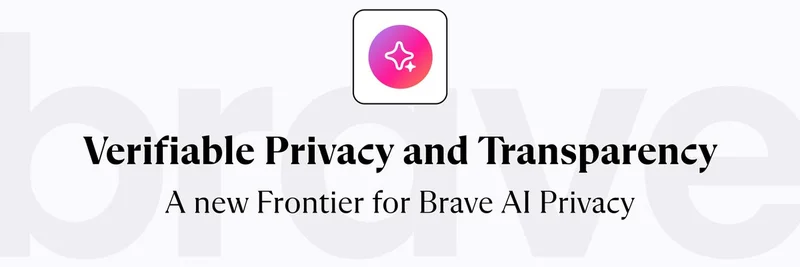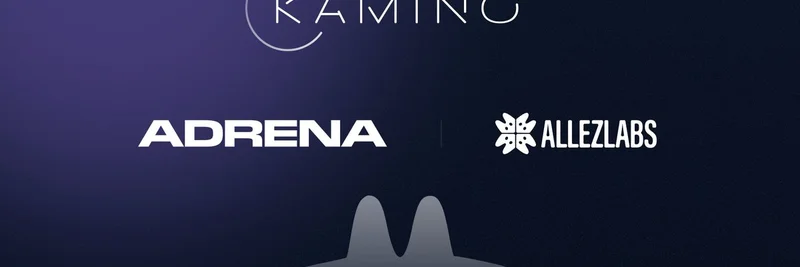In the fast-paced world of cryptocurrency, where meme tokens like Dogecoin and newer contenders often ride waves of market sentiment, a recent tweet from David Grider, Partner and Head of Liquid Opportunities Fund at Finality Capital, has sparked discussions. Grider, formerly Head of Research at Grayscale, quote-tweeted a post from Walter Bloomberg about comments from Miran, suggesting the Federal Reserve might shrink its balance sheet again in the future. His blunt response: "RIP to everyone who thinks a 'Trump Fed will add liquidity and push up crypto prices'."
This statement cuts through the hype surrounding potential policy shifts under a Trump administration. Many in the crypto community have speculated that a more business-friendly Fed could inject liquidity—essentially increasing the money supply—leading to higher asset prices, including cryptocurrencies and volatile meme tokens. Liquidity refers to how easily assets can be bought or sold without affecting their price, and in broader terms, it means the availability of money in the economy. When the Fed expands its balance sheet by buying assets like bonds, it pumps money into the system, often boosting riskier investments like crypto.
But Grider's tweet challenges this narrative. By quoting the possibility of balance sheet shrinkage, he's highlighting that the Fed might actually tighten monetary policy, reducing liquidity. This could mean higher interest rates or less money flowing into markets, potentially pressuring crypto prices downward. For meme tokens, which thrive on speculation and retail investor enthusiasm rather than fundamental value, such a shift could be particularly brutal. We've seen how meme coins surge during bull markets fueled by easy money, but they can crash just as quickly when liquidity dries up.
Looking deeper, the original post references "Miran," likely alluding to Nellie Liang or another Fed official's comments, but the key takeaway is the uncertainty in Fed actions. Under previous administrations, the Fed has used quantitative easing (QE) to stimulate the economy, which indirectly supported crypto growth. A Trump Fed might prioritize deregulation, but shrinking the balance sheet signals caution against inflation or over-leveraging.
For blockchain practitioners and meme token enthusiasts, this serves as a reminder to ground expectations in data rather than political hype. As one reply to Grider's tweet noted, "This is why we need to watch actual data." Instead of betting solely on policy rumors, investors should monitor Fed minutes, economic indicators like inflation rates, and on-chain metrics for meme tokens, such as trading volume and holder distribution.
At Meme Insider, we track these intersections of macroeconomics and meme culture to help you navigate the blockchain space. Whether you're holding PEPE or eyeing the next viral token, understanding Fed dynamics can sharpen your strategy. Keep an eye on resources like the Federal Reserve's official site (federalreserve.gov) or crypto analytics platforms for real-time insights.
In summary, while optimism around a Trump-led Fed persists, Grider's warning underscores the risks. Meme tokens, being highly sensitive to market liquidity, could face headwinds if tightening occurs. Stay informed, diversify, and remember: in crypto, data trumps speculation every time.




